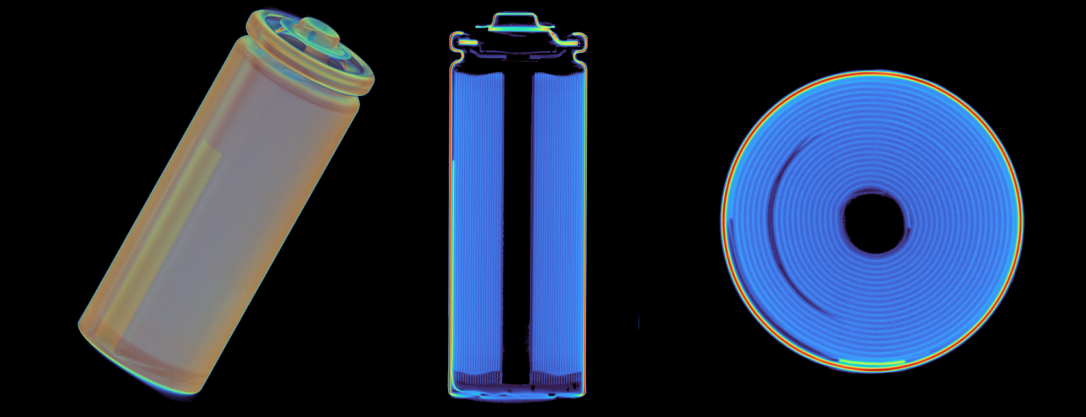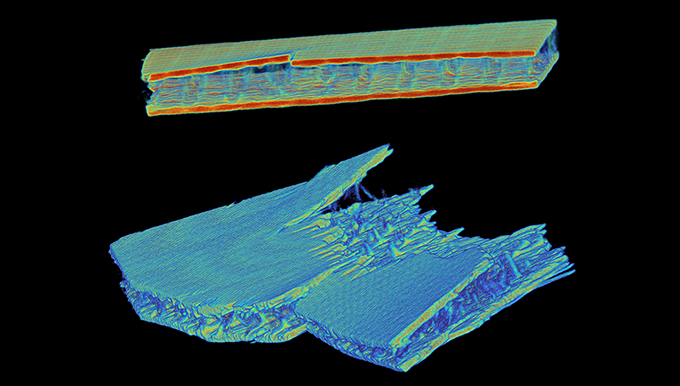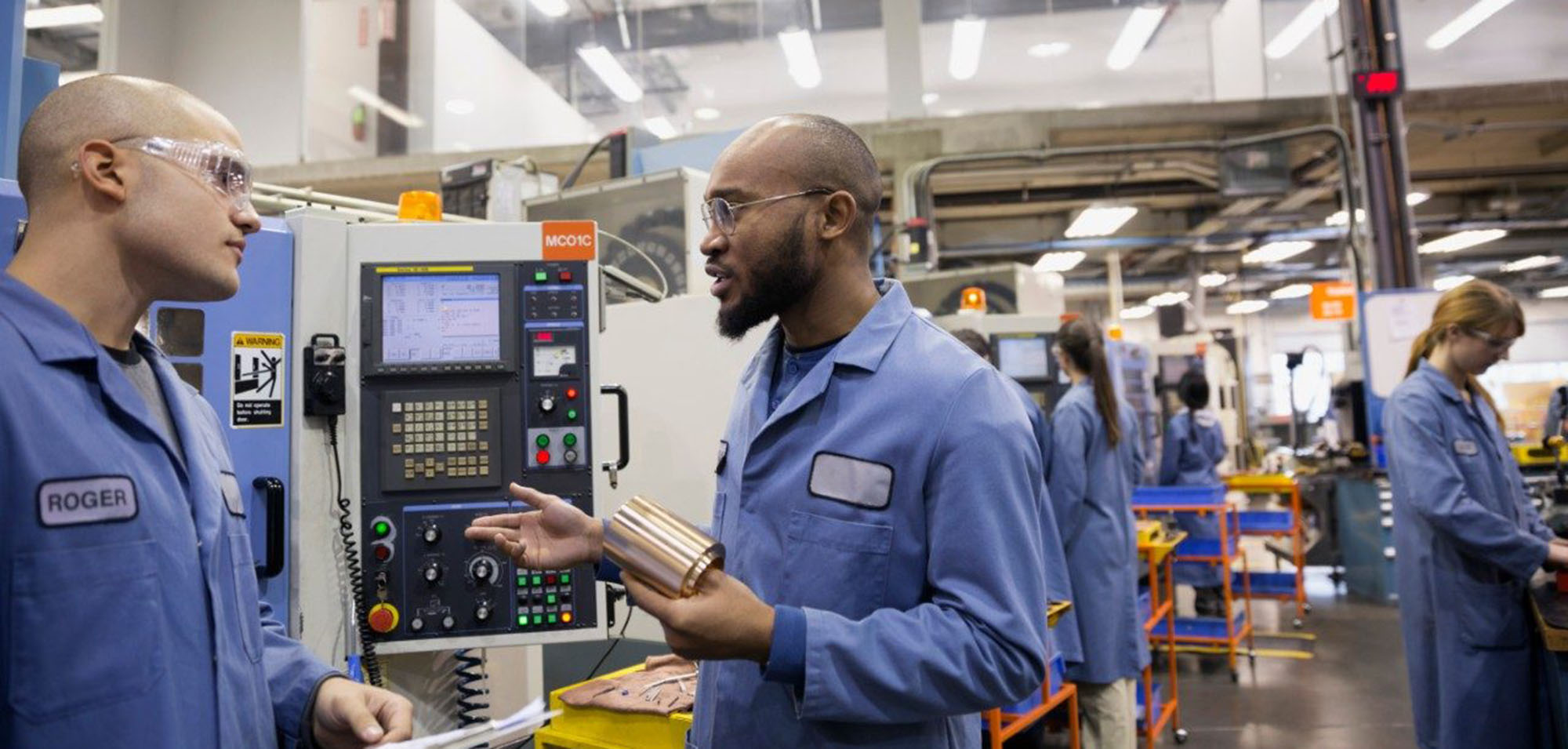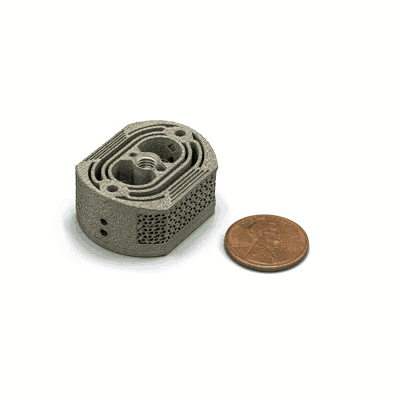
For a medical device company, industrial CT scans became powerful tools for customer education.
Summary
- A medical device startup revolutionized quality control and product education with Lumafield's Neptune CT scanner.
- Non-destructive inspection with CT technology replaced costly destructive testing, ensuring the highest quality for their surgical stapling device.
- Lumafield's technology identified a critical misalignment issue, proactively preventing potential defects and risks in the field.
- CT scans and Voyager software became powerful tools for customer education, building brand trust and showcasing innovative design.
Background
Our customer is a rapidly growing medical device startup known for producing an innovative handheld stapling device for suturing during surgery. Their minimally invasive surgical stapling device is the product of high design and manufacturing standards and a company-wide commitment to innovation. The company produces just one product, and as a result the engineering team is continuously improving their design engineering, manufacturing processes, and supply chain efficiency.
As they build trust with the surgeons and health systems who rely on their stapling device, it’s imperative that every device that leaves the production line be of the highest possible quality. Throughout their extensive development and new product introduction processes, the company must closely inspect the device to ensure all internal mechanisms are aligned and will engage properly when the device is triggered.
After over 8 years of destructive testing and hundreds of thousands of dollars worth of products destroyed in the name of innovation, the company discovered Lumafield’s industrial CT technology.
Powering More Effective Pass/Fail Testing
The move to Lumafield’s Neptune scanner was born out of the engineering team’s desire to non-destructively test the alignment of staples before and after they penetrate tissue. Surgeon feedback triggered new pass/fail testing of internal components to ensure that staples were consistently deployed with the same alignment when entering tissue during surgery.
Using their in-house Neptune scanner and synthetic tissue, the team of first-time industrial CT adopters conducted a series of innovative tests to scan for and evaluate staple alignment. Scans of the device in action helped the team identify a minute misalignment between the staples and the buckets they sit in inside the device – a minuscule but potentially costly issue only identifiable through CT scanning.
We can’t afford to have even the slightest staple alignment issue happen to a surgeon using our device in the field. The Neptune scanner keeps us ahead of potential defects so there are absolutely no surprises when our product is in the hands of surgeons across the world.
— Chief Product Officer
Building Trust with Industrial CT
Medical devices often necessitate extensive product education – both on the sales trail and prior to entering the field. This customer identified a unique opportunity to use Lumafield’s Voyager software and scans of their device to do exactly that. They began by overhauling their existing product education programming to include a variety of scans in Voyager which highlighted the device’s internal mechanisms before and during use.

In the words of the company’s Chief Product Officer: “We found that using scan data to show our customers the inner workings of the device is a more powerful way to show off both the quality and functionality of our products. We’re incredibly proud of our product and love to show off the detailed engineering behind each device.”
The team soon found that CT scans were also an effective tool for introducing new clients to their powerful product on the sales trail. With Voyager at their disposal, the sales team was able to more intimately showcase the complex inner workings of the device and demonstrate product differentiation.































